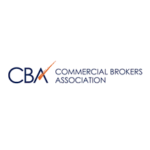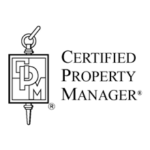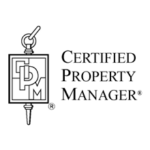Underwriting
Underwriting
Underwriting is a term that most of us have heard yet few of us have ever really thought about. We usually hear it used by insurance agents to justify the policy prices we are asked to pay. Some unknown person in their underwriting department figured out their percent of loss is “x” and therefore we have to pay “y”. The underwriting process for commercial real estate is a similar process. We need to accurately establish the income and expense items associated with the acquisition in order to figure out how much we can afford to pay and still receive our required returns on our investment.
Most investors work through real estate brokers or call ads in the paper that seem to meet the size and investment type they are seeking. You are usually given a marketing sheet or a package showing the income and expenses of the property. One might assume the income less the expenses would be the money we would have left over to make our mortgage payments and realize our profits. Unfortunately, all too often, investors find out after they purchase their properties that the income and expenses are quite different than those included on these marketing sheets.
Can you imagine what a seller would tell you if you called one year later and complained you weren’t making any money? Better yet, imagine calling the lender and asking for their understanding because for some unknown reason, you are not making enough money to pay the debt service owed. Don’t laugh, it really happens and more often than most of us would care to think about.
Let’s take a minute and look at where the numbers on the marketing sheets came from. On the income side of the equation, we have the rents. Are they the real rents the seller received on the property or are they “market” pro-forma rents that you should be able to get. You may say “do they think I’m stupid? I would never buy something on rents that weren’t actually being collected.” What if they told you the owner had the property for more than 10 years and didn’t have the heart to take his tenants up to the current market? Makes sense doesn’t it? It happens all the time and unless you understand what the “real” market rents are, you may be in for the roller coaster ride of your life.
There are a number of other items that often show up as income items. Parking is a good example. You may see a line item that shows parking income. Is this actual or is it another “pro-forma” item that Mr. Seller could be getting, but doesn’t have the heart to charge his tenants. Can you get it? It all depends!
How about the income line showing laundry income? Real or pro-forma? One of my favorites is the income line called “other income”. This is a catch all line that may include such items as late payment charges, forfeited deposits, returned check fees and any other obscure income items. Real or pro-forma? Constant, or one time collections? What happens if you run your property better than the former owner and this line item disappears?
As important as the income items are, the items on the expense side of the equation carry as much impact on your bottom line. It would be quite impossible for a building to always be full. Even in an unbelievably tight market, tenants come and go, thereby creating some vacancy. You will see marketing packages that show the vacancy allowance anywhere from 0% up. Are you looking at a marketing sheet that shows a 5% vacancy and is the market actually 7%, 10% or more? If the market is tight and vacancies are running at 3%, can you expect that same level of vacancy next year?
How about the utilities, taxes, management, maintenance and reserve line items? Where did they come from and how accurate or appropriate are they? Has the seller been running his property without doing the necessary maintenance required to keep the property in good shape? Have ongoing maintenance items been overlooked in order to boost the bottom line in anticipation of a sale?
The process we use to better understand and comprehend the above is the underwriting process. As daunting as the task may be, unless an investor does it properly, they run the risk of losing their hard earned equity and potential profits.
Fortunately, there are many methods and informational sources available to investors to assist them in properly underwriting investment properties. One of the greatest sources is a competent real estate broker. A good broker will maintain data bases of information that can show you the levels that other “similar” properties operate for. Another great source of information is the appraiser. This group is often hired by lenders to form a professional opinion of value prior to a firm loan commitment. In my experience, they are more than willing to share what they use to underwrite various expense categories. The advent of the Internet has made information readily available to investors that would have been impossible to obtain just a few years ago.
Your lender is another great resource. Call around and talk to the loan underwriters for commercial real estate at your local bank. Usually they will be happy to share their opinions about appropriate expense levels.
The bottom line here is: you have to do your homework. Information must be gathered in order for an investor to make an informed and logical decision on whether or not the numbers make sense
Contact us to discuss to discuss the underwriting process, your real estate goals and putting the experience of Foundation Group to work for you.














